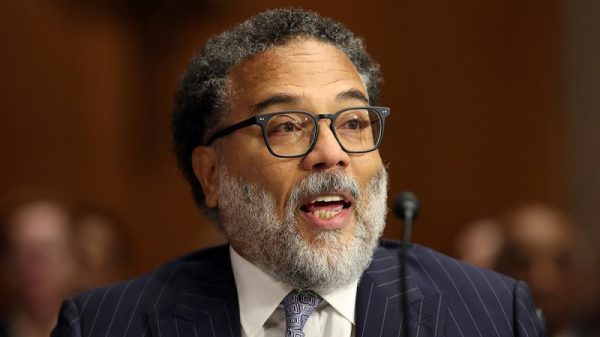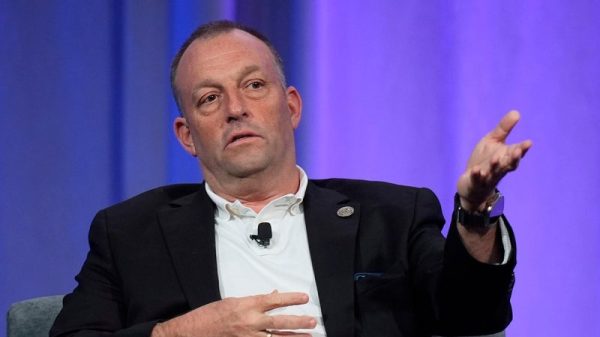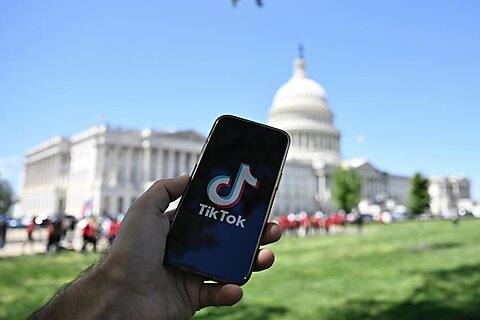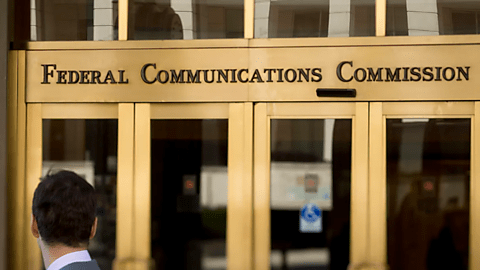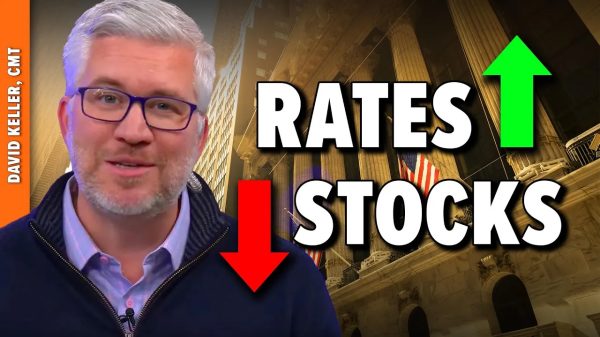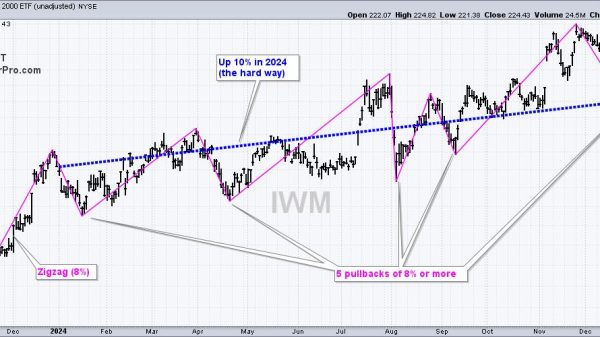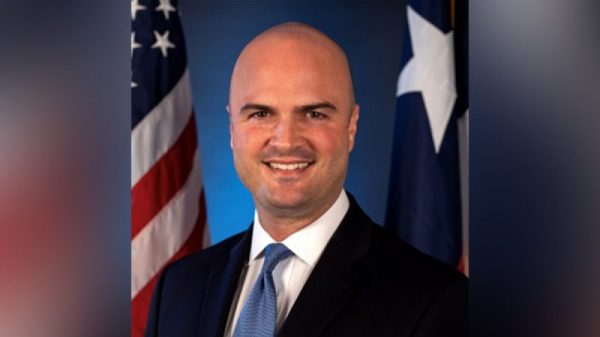Leading up to the 2024 presidential election, speculation escalated that a new Trump administration would try to get Fannie Mae and Freddie Mac out of government conservatorship. While it seems that the administration is moving in that direction, this new Politico story provides a glimpse at how difficult it will be to release Fannie and Freddie.
For those who don’t recall, in 2008 America’s largest government-sponsored enterprises (GSEs)—Fannie Mae and Freddie Mac—recorded combined net losses of $109 billion. That total surpassed the GSEs’ cumulative net income over the prior 40 years, and the federal government placed both GSEs in conservatorship, where they’ve remained ever since.
As Politico explains, some Republicans in Congress are exploring opportunities to release the GSEs as part of a deal that extends tax cuts in next year’s must-pass tax legislation. The idea seems simple because selling the government’s stake in the GSEs would raise money that could help “pay” for extending the tax cuts.
But it’s not so simple for multiple reasons.
First, the Congressional Budget Office (CBO) currently views the GSEs as part of the federal government, so releasing them removes a large asset from the federal books. At the very least, the CBO will have to account for whether ending the conservatorship increases or decreases the risk of future outlays for a possible bailout.
Perhaps worse, Congress might have to explicitly state whether the federal government officially stands behind the GSEs’ existing securities. Combined, these securities are worth nearly $7 trillion.
Another major problem is the liquidation preference. This feature of the conservatorship specifies that any funds derived from selling assets must first be used to compensate taxpayers for the bailout, and the GSEs cannot emerge from conservatorship without paying this liquidation preference in full. As former Federal Housing Finance Agency Director Ed DeMarco points out, this feature means that the GSEs would have to raise north of $300 billion to exit conservatorship.
Any reduction in the liquidation preference would be an additional bailout, so CBO will have to score it that way.
Regardless, there’s no lack of irony in these budget-related talks because Fannie Mae was created in 1968 to remove debt from the federal budget. (The Johnson Administration used the 1968 Housing and Urban Development Act to move Fannie’s debt off the federal books.)
The bottom line is that the GSEs have never been truly private companies, and the experiment with Fannie and Freddie has failed miserably. Congress and the Trump administration should craft a plan to release the companies, and any deal should avoid creating smaller versions of the GSEs under new names.
At a minimum, the plan should revoke Fannie and Freddie’s exemption from the requirements to register their securities offerings under the Securities Act of 1933 and provide teeth to the excessive use provisions in their charters.
None of this will be easy, but it is long past time for Congress to end the GSE experiment.






